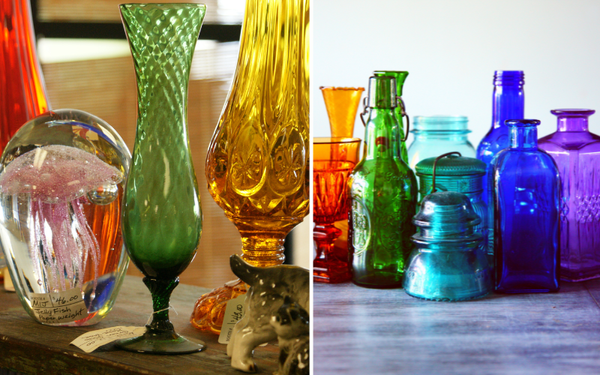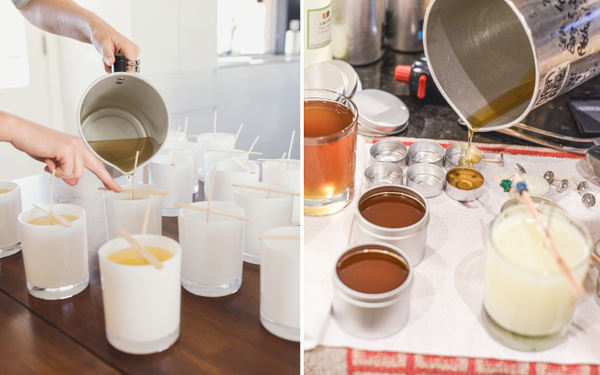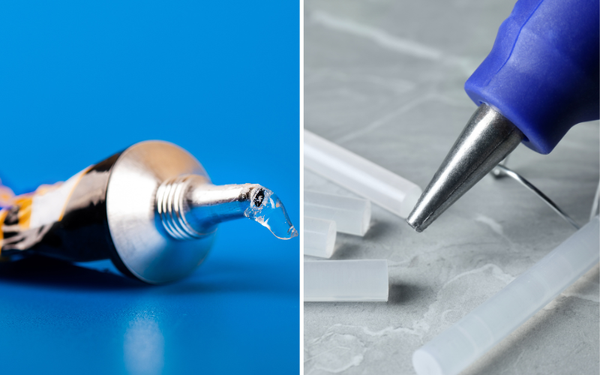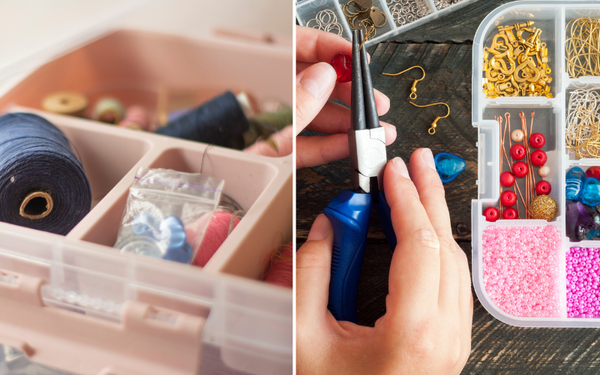Soap-making is an age-old craft that has seen a resurgence in popularity in recent years. With the rise in environmental concerns and people's desire to know what they are putting on their skin, making soap at home has become a fun and rewarding way to get high-quality products without having to rely on commercial options. However, making soap can be intimidating for beginners, and it may seem like a complex process.
In this blog post, we’ll go over some tips and tricks on how to make high-quality soap at home, so you can get started with confidence.
Choose high-quality ingredients.
The quality of the ingredients you use will impact the quality of your soap. Using cheap ingredients could result in a low-quality product that won’t be as effective as you may hope. Ensure that you use high-quality oils and fats that are food grade. Coconut oil, olive oil, palm oil, and castor oil are commonly used in soap-making, but make sure they are of good quality and eco-friendly. Be aware of any allergies you may have so that you can avoid using ingredients that will affect your skin.
Make use of lye calculator.
Soap making requires lye, which, when handled in the right way, is safe to use. However, you don’t want to use too much or too little lye in your soap recipe, as it can affect the quality of your soap. A lye calculator will help you determine the exact amount of lye to use based on the oils and fats you’re using in your recipe.
Don’t rush the process.
Soap-making is a leisurely process that requires patience. Don’t rush the process or cut any corners. Ensure that the oils and lye are properly mixed, and that you’ve allowed the soap to set before cutting it into bars. While it can be tempting to try and speed up the process, it’s not advisable, as it can lead to a less appealing product.
Keep accurate records.
Keeping accurate records of the ingredients you use, the temperature, and even the humidity will help you track your process and ensure that you can replicate it if you want to make more soap. It will also help you troubleshoot any issues that arise during the process.
Experiment with fragrance and color.
Once you’ve mastered the basics of making soap, you can start to experiment with adding fragrances and colors. Essential oils can be used to scent your soap, but be mindful of any allergies people may have. You can also use natural colorants, such as spirulina powder, turmeric, and beetroot powder, to give your soap unique colors.
Conclusion:
Crafting high-quality soap requires a bit of effort and patience, but it can be a fun and rewarding experience. By choosing high-quality ingredients, using a lye calculator, taking your time, keeping accurate records, and experimenting with fragrance and color, you’ll be able to create beautiful, eco-friendly soap that’s perfect for your family and friends. With these tips in mind, you’ll be on your way to a successful soap-making journey!










